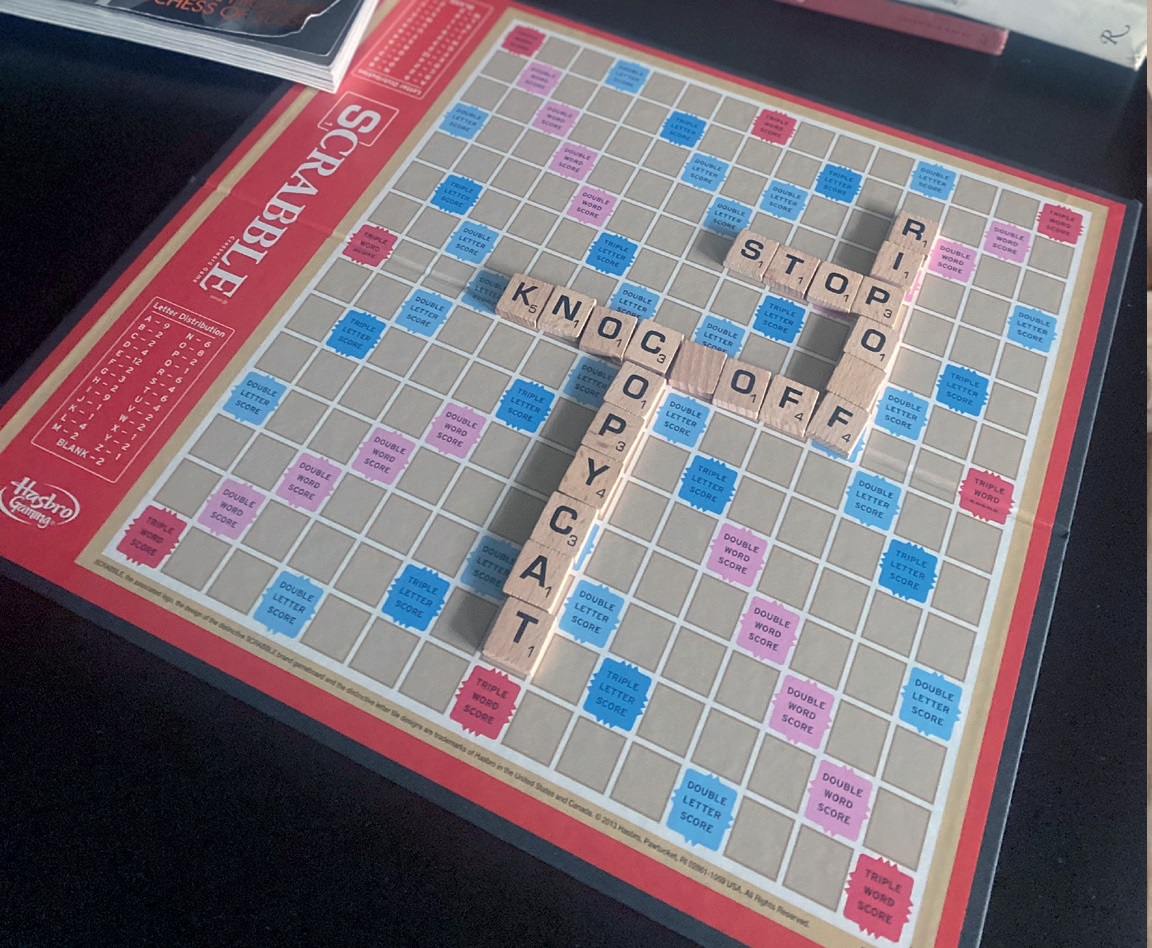Let’s Talk Fashion Design Copycats
I met up with my favourite Nigerian designer over the weekend. I love a good catch up. She is someone I have always admired and cherished and whose work is simply unmatched and second to none!! It was 14 years ago that I was allowed close to her. Close enough that she entrusted me with her designs. Her creations. During the course of our conversations and reminiscing about all the fashion weeks and the struggle not to be taken advantage of as a creative, I brought up the influence her design style and aesthetics have had on many aso oke designs by other Nigerian designers.
Then we remembered how one particular music superstar’s stylist had pulled clothes for her client but didn’t return them for weeks.
We at the time frantically tried to get the garments back, but alas they didn’t send them until they were well and ready. To our surprise and dismay, a couple of months later, we saw some of the designs had been copied. How did we know? The artist appeared wearing them on one of her music videos. Now what do we do? This was in the United States of America. Sue? How does one even begin? With cross continental Jurisdictional limitations. Sadly, we let it slide. I felt terrible because I was the custodian of those designs in America at the time.
Fast forward to over a decade later, the appropriation of her designs is right here in our own home, Nigeria.
Sigh… The blatant copying and stealing of her creativity continues. We are quick to “shout” at and call out culture vultures, yet hypocritically we do the same here and guise it as “inspiration”.
Let me not digress… copycats, bootleggers, Rip offs and knock offs. Call it what you like, it’s all an infringement on intellectual property. And if the system wasn’t so broken creatives can take the perpetrators to the cleaners. And to the cleaners they must take them.
Let me break it down with some help from www.apparelsearch.com/terms/k/knockoffs.html
What are knockoffs?

The term is not as cut & dry as you may think. In our opinion, there are two distinct categories when discussing this topic.
• Replicas (illegal knockoffs; Product Produced and Sold by Thieves) – these are most certainly illegal. Replica clothing, footwear, or accessories are made with the concept of deceiving the consumer into thinking that the product being sold is produced by a particular company or brand. When in fact the product was not produced by that company or brand. A good example would be Louis Vuitton handbags. They are manufactured to look as identical as possible to the originals but are not made of the true high quality, etc.
• Copycat Designers (potentially illegal knockoffs; but not always against the rules) – many designers are influenced by product they see in magazines, stores, and on the streets. Some designers will see product and copy it on purpose, but other designers may copy another designers concept in a more accidental manner. It is possible for designers to copy another designers concept without doing so in a malicious manner.
What is a copycat fashion designer?
The “copycat designer” may not be as obnoxious as a typical copycat. However, they most certainly would be annoying to the company that had created the original concept that is being copied.
An example of copying a fashion concept in an accidental manner can be as follows. Designer #1 decides that this year the colour yellow should be very important. They design a full collection in yellow and are the first to show it on the runway. Designer # 2 enjoys viewing the collection while attending fashion week. When they return to their office, they instruct one of their illustrators to design a new collection and instructs them to utilize yellow as the primary colour. They quickly produce their collection and ship to several boutiques in New York City and Paris. Designer # 3 is on a seasonal trip to New York and notices that in a few of her favourite stores she sees various lovely yellow garments (originally designed by Designer # 1 & 2). Because designer # 3 sees so much yellow in the store, they decided they better create merchandise in the same colour.
Did Designer # 3 copy the colour concept from Designer # 1 who was the first to hit the market with the colour??? They may have copied the colour, but it was indirectly and not really on purpose or in a malicious manner.
The above concept would hold true if we replaced the word yellow with a particular type of fabric, silhouette, etc.
During the just concluded Lagos Design Fashion Week there was a session to discuss copyright infringement in fashion design.
“In a constantly changing and developing industry such as fashion; trademark, copyright, design and patent protection are important for fashion designers and fashion houses. Since protecting fashion designs in Nigeria has been a battle, Kike Ojewale, Senior Counsel, ACAS-LAW believed that the laws surrounding fashion were not generally adequate which is a global issue.
While weak or non-existent intellectual property laws have frustrated the fashion community; Oluwatobiloba Moody, Counsellor WIPO Nigeria Office stated that laws and policies surrounding creativity could be improved upon only if people are sensitised about it and conversations are raised on such issues facing the industry.” Via www.hautefashionAfrica.com
This most certainly is a conversation that must be had openly and no more gossiped about only in private. Replica, copycat, knock off designers should make sure they have a solid legal team backing them when they decide to draw “inspiration” from another designer’s creativity. While you are securing the bag, don’t forget to create your own. You can fake it till you make it, but at some point you’re expected to make it!






